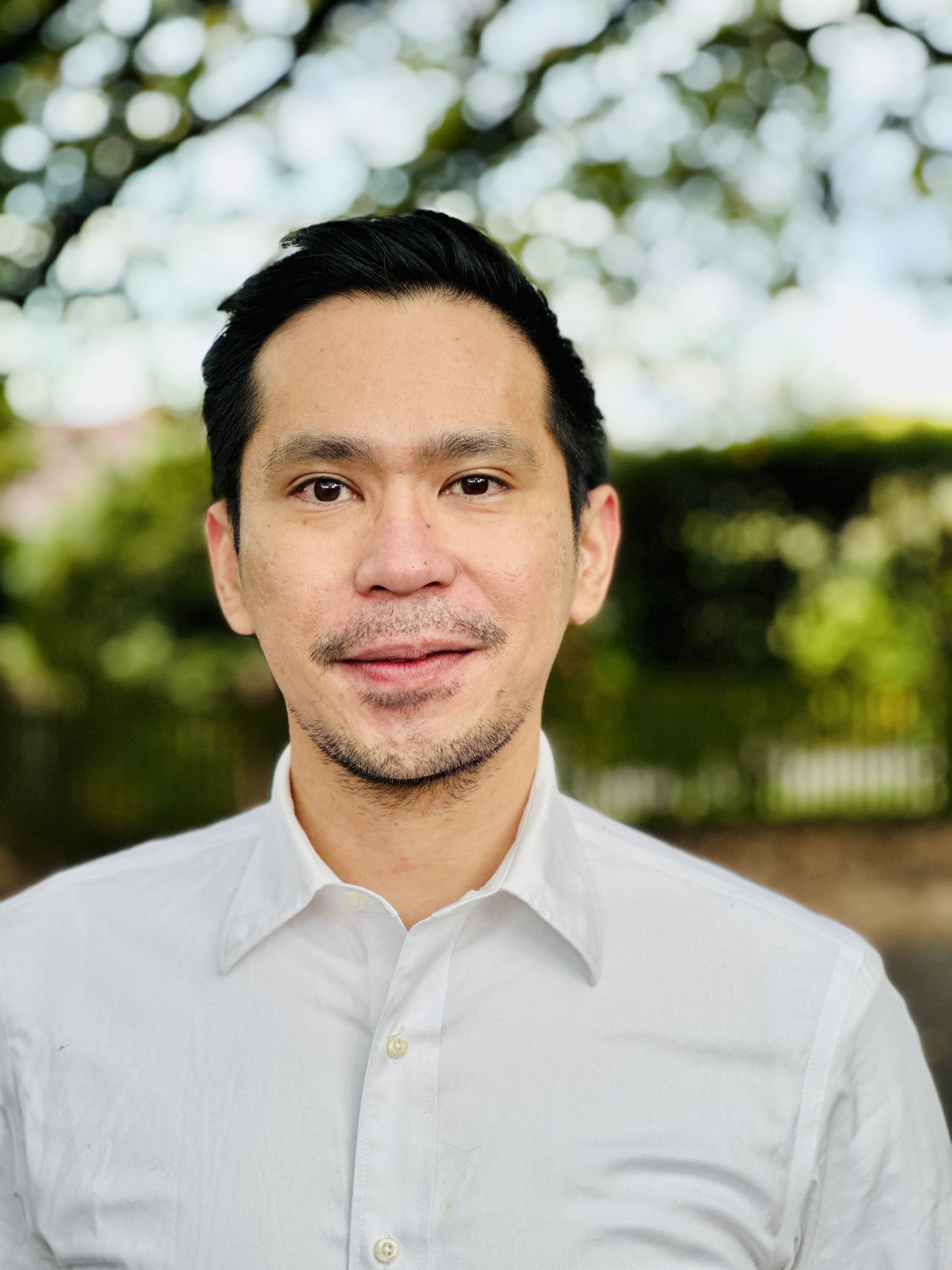“Do not Look Up” and storytelling with scientific data
Published:
First of all, I would like to greet everyone with a happy new year and hope everybody is safe!
During the festive holidays, we went down to the Surf Coast. One of the evenings down the coast, we decided to watch this fairly new Netflix movie called “Don’t Look Up”.
SPOILER ALERT!
It is about two astronomers that made an astounding discovery of a comet that will hit Earth. They decided to warn country leaders and the public about the planet-killing comet hurtling towards us. One of the interesting scenes for me is when the two astronomers are having difficulty conveying their findings to the president.
Challenges in storytelling with scientific data…
I reckon, part of the issue is that we are used to drafting reports full of scientific terms, jargon and expressions used in our field of specialisations. Most people are not expected to have the time and energy to read these reports or publications. Most of us, including scientists and academics, have limited time and attention span. Hence, it is necessary to explain our studies without boring or confusing listeners.
We are trained and expected to communicate using precise and neutral language in journal articles or grant applications. This is unquestionably important in the peer-review system. However, this may be misunderstood by the public. For example, the language we use to discuss the globally changing climate has evolved from the neutral term “climate change”, to a more alarming “global warming”, and then evolved to a suitably distressing “climate crisis”.
In addition to this, most people expect certainty. However, scientific practices and processes have inherent uncertainty mostly represented by confidence intervals and p-values.
The 3-minute pitch plus the Big Idea…
To convey research projects or scientific data concisely, we have to know what is the most important information. It may sound easy but it is more difficult to write or speak a concise report or presentation than being verbose. The 3-minute pitch is exactly what we need if somebody asked about what you are researching or what you are doing with your life. This will tell your audience what important information they need to know whilst ensuring clarity. This also removes the need for slides and presentations. And the most important part is to mention the Big Idea in a single sentence, having the following elements:
- Articulating your unique point of view
- Conveying what’s at stake, and
- Having a complete thought.
All about the Presentation’s A-I-M…
This A-I-M Framework is derived from JD Schramm of Stanford’s Graduate School of Business. This approach helps you get systematic in preparing your presentation to ensure clarity and ease of delivery to listeners. The A-I-M Framework is comprised of the questions:
Who is my Audience? Take a moment to consider who is in your audience and what is their background. Can you use scientific jargon or layman’s terms?
What is my Intent? Your intent is never simply to inform, this is also true with scientific presentations. This may be to broaden your network or maybe to show off and impress someone to give you a research position. We should define your goals very clearly.
What is my Message? Your message should be brief, memorable, repeatable, emotional and data-backed just like the Big Idea in the 3-minute pitch. Your message is your call to action, whether to recommend future research or to humbly tell your supervisors that you are ready to graduate.
Academia-Industry linkage…
The scientific community undoubtedly have a different language and culture from that of the industry and pop culture. This means that there will be a lot of misunderstandings. The question now is if scientists are responsible for communicating their findings or should there be a system that is supposed to communicate these findings. We don’t know, maybe yes or maybe no? But for sure, the oversupply of PhD graduates in most developed countries can play an important role when they decided to work in the industry.
To sum it up…
As a research fellow in his early academic career, it was very heartening to watch “Don’t Look Up” during the holiday season. It made me realise that we all have knowledge gaps and we have the necessary means to be open-minded and fight misinformation by using available technologies the right way.
We all have roles to play, even if we are not as sexy as Leo!
Resources
- Knaflic, C. N. (2015). Storytelling with data: A data visualization guide for business professionals. John Wiley & Sons.
- JD Schramm. (2022, January 06). Lecturer JD Schramm – Communicate with Mastery [Video]. YouTube. https://www.youtube.com/watch?v=7lLhzxLFM8Q
